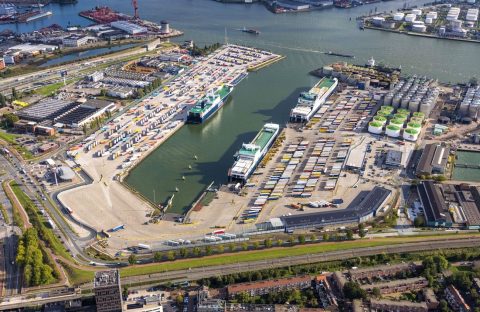
DFDS gets shore power facility at Vlaardingen
DFDS terminal in Vlaardingen DFDS
DFDS ships docking in Vlaardingen will be able to receive electricity via a shore power installation, provided by Rotterdam Shore Power, a joint venture of Eneco and the Port of Rotterdam Authority.
Want to read more?
You have read all of your free premium articles for this month. Please become a subscriber to keep reading.
Subscribe now!
Take advantage of our exclusive offer to get full access to all premium content.




